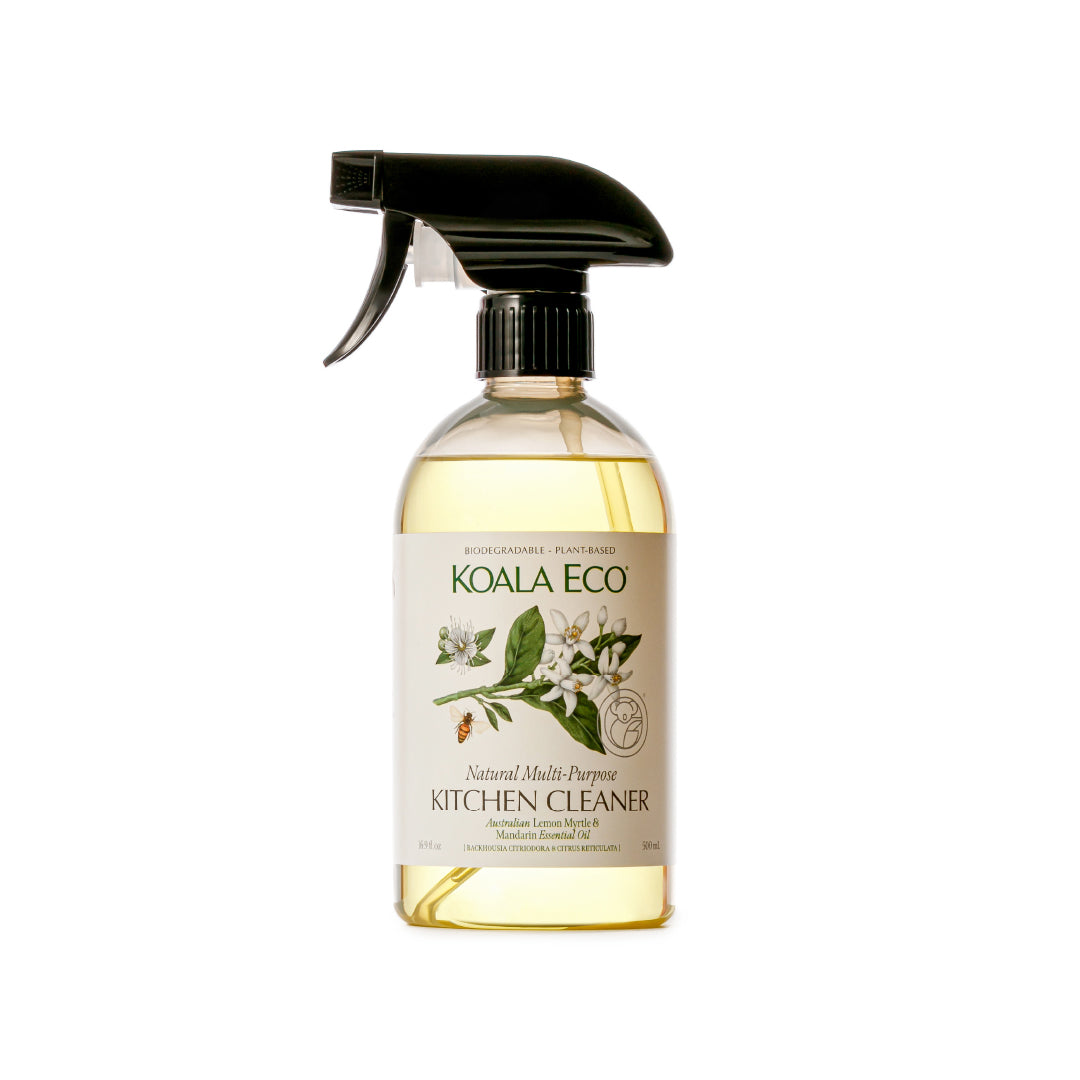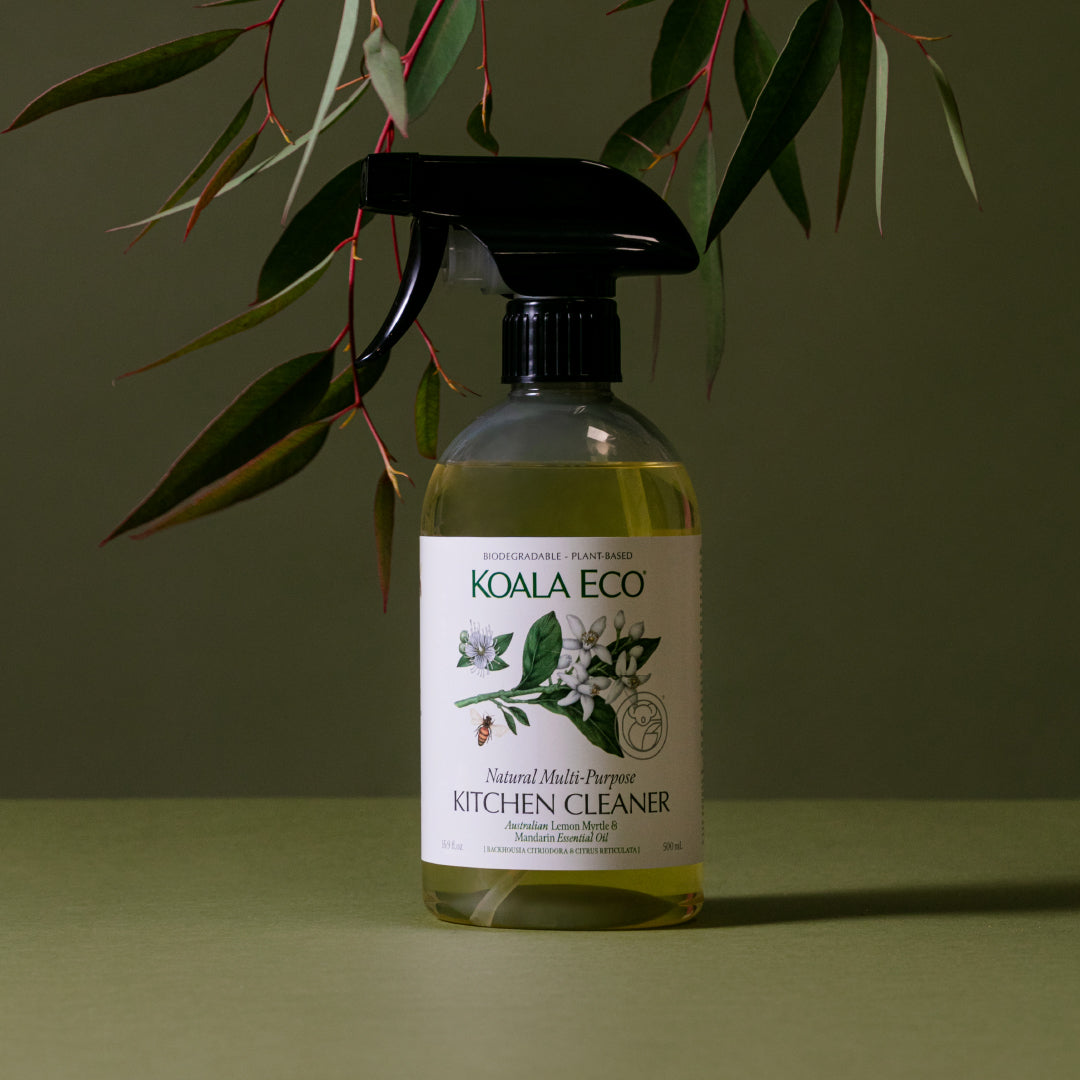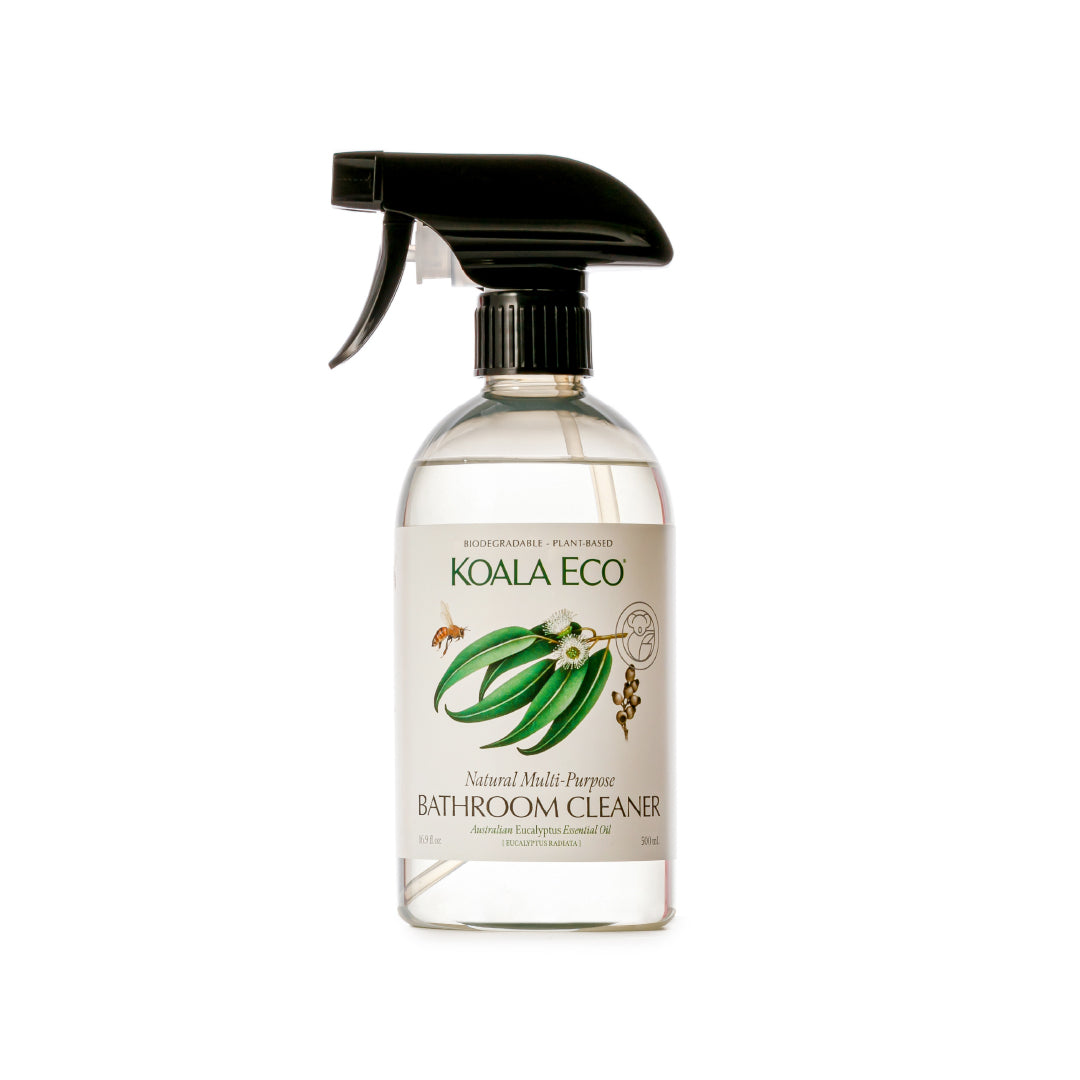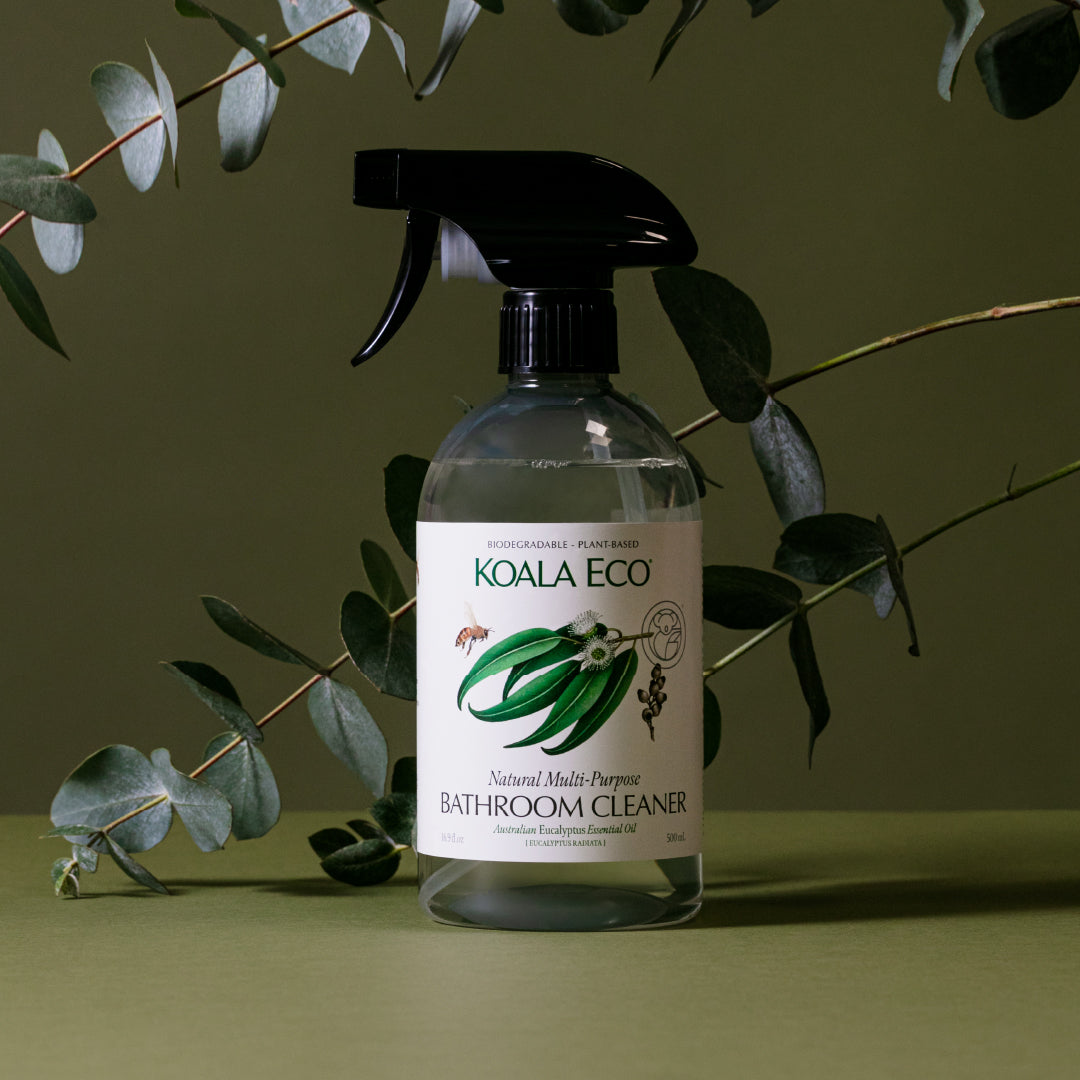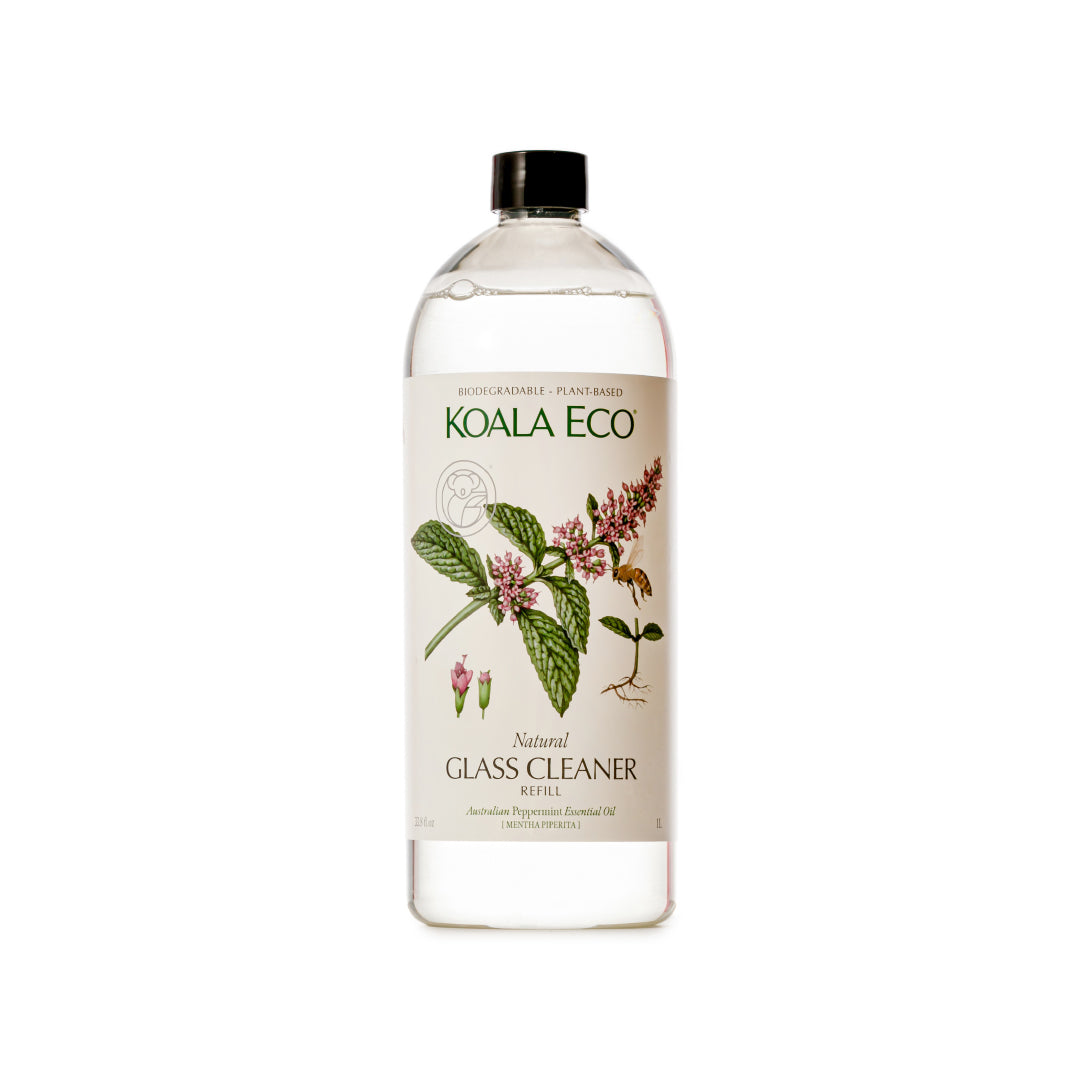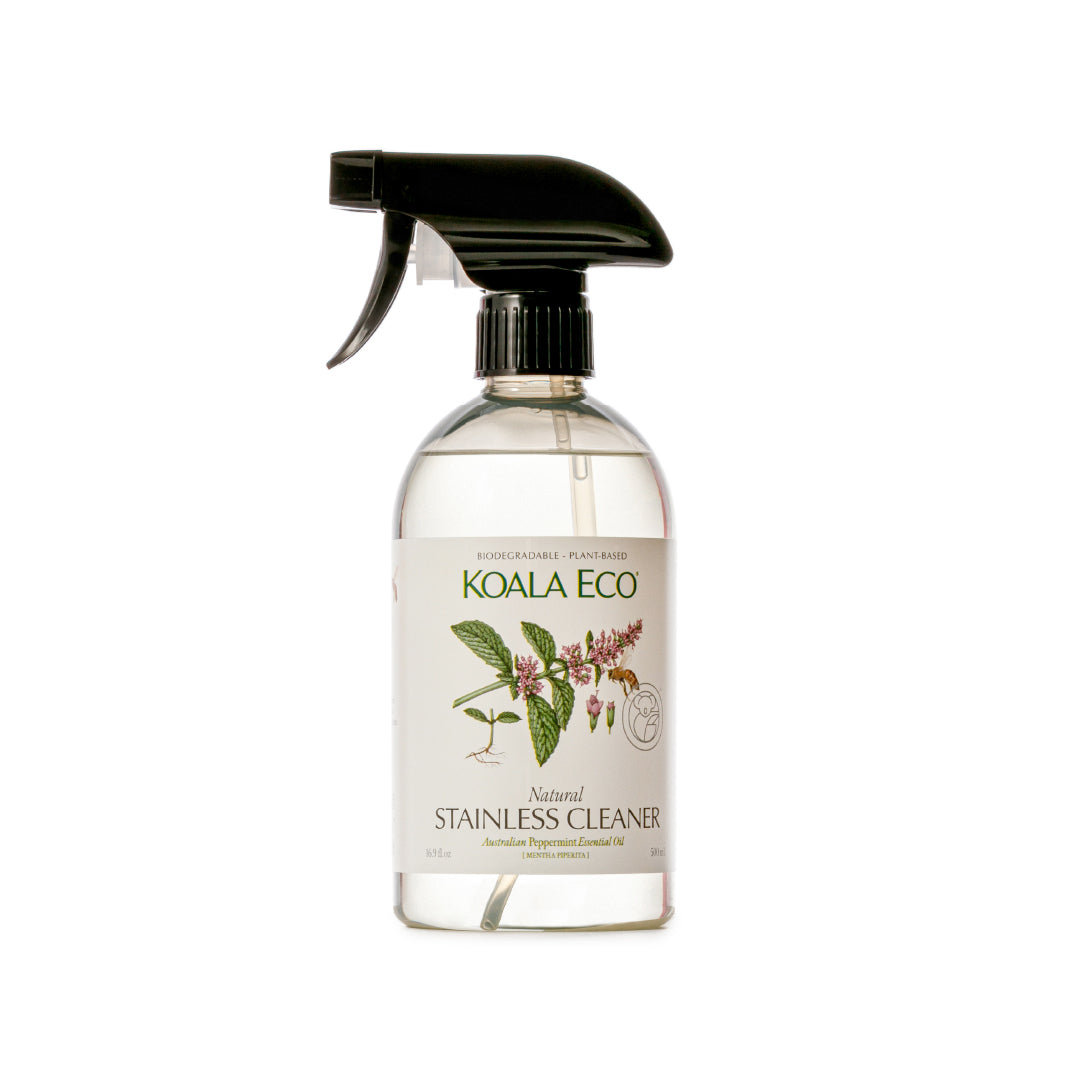How forest bathing has life-changing potential
You’ve probably heard of forest bathing; in fact, this practice may be a regular part of maintaining your connection to nature.
Taking a slow mindful nature walk among trees and tuning into a forest or bushland with each of the five senses is ‘evidenced to reduce stress and improve well-being, blood pressure, immune function and cardiovascular health’ according to several studies cited in an article in the International Journal of Environmental Research and Public Health. In Japan, where shinrin-yoku (forest bathing) originated in the 1980s, it’s even available nationally on prescription.
It’s also called forest therapy, and it’s been shown to help alleviate symptoms of depression. In 2022, 47 depression patients participated in a study in Korea. Twenty-two took part in forest therapy activities; the rest were in a control group, which received treatment as usual, but no forest therapy. The results showed that depression patients in the urban forest therapy program ‘had significantly alleviated depression symptoms and improved sleep quality.’
Even carrying out forest bathing online has been proved to be effective. Designed to assess whether ‘virtual’ forest bathing (carefully guided sessions by trained facilitators using photos and videos of natural scenes) could benefit Long-COVID patients, a British study showed significant improvements in well-being and symptom severity among its participants. One participant commented: ‘being able to actively feel like I’m connected to nature whilst being bedridden has absolutely been life changing. It created a mini community where we have been able to support each other through really difficult times and has honestly helped more than anything else I’ve done in the last two years’.
And it even works for children and adolescents! Another British study, also carried out during the COVID-19 pandemic, found that following urban ‘ParkBathe’ sessions in a London park, adolescents expressed ‘significant improvements in anxiety, rumination, scepticism, nature connection, and social connection. The largest … improvement was found for nature connection.’ One participant said: ‘imagine how long these trees have been here and how much knowledge they’ve got; they’ve seen so much.’ Another observed: ‘having a conversation with a tree was enlightening.’
Better still, forest bathing doesn’t necessarily require a proper forest. Whether or not you live near a park, chances are you live close to some trees, or a bit of bushland. Dive in and immerse yourself. Spend some time tuning into trees.
[1] McEwan, K.; Collett, H.; Nairn, J.; Bird, J.; Faghy, M.A.; Pfeifer, E.; Jackson, J.E.; Cook, C.; Bond, A. 2022. ‘The Feasibility and Impact of Practising Online Forest Bathing to Improve Anxiety, Rumination, Social Connection and Long-COVID Symptoms: A Pilot Study.’ International Journal of Environmental Research and Public Health, 19.
[2] Yeon, P.-S.; Kim, I.-O.; Kang, S.-N.; Lee, N.-E.; Kim, G.-Y.; Min, G.-M.; Chung, C.-Y.; Lee, J.-S.; Kim, J.-G.; Shin, W.-S. 2023. ‘Effects of Urban Forest Therapy Program on Depression Patients.’ International Journal of Environmental Research and Public Health, 20.
[3] McEwan et al.
[4] McEwan, K.; Potter, V.; Kotera, Y.; Jackson, J.E.; Greaves, S. 2022. ‘This Is What the Colour Green Smells Like!’: Urban Forest Bathing Improved Adolescent Nature Connection and Wellbeing.’ International Journal of Environmental Research and Public Health, 19.









